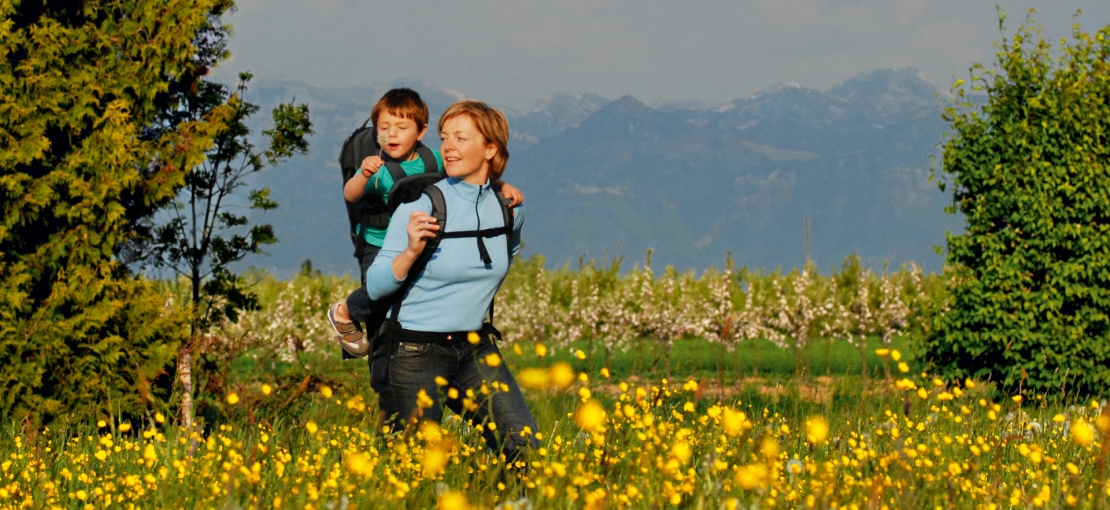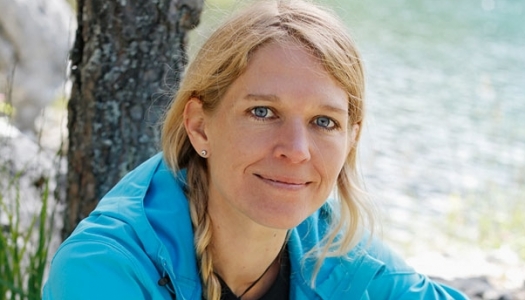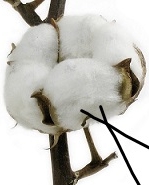
Why biodiversity is important to us
Underestimated risk
"Bio .... what?" is a question we are often asked when the VAUDE CSR Team holds talks on this issue. What is meant by this term, and why is biodiversity so important for VAUDE?
The term biodiversity derives from the Greek word “bio” which means “life”. “Diversity” means “variety” or “plurality”.
Biodiversity includes
- Species Diversity - Diversity within different plant and animal species
- Ecosystem Diversity - Diversity of habitats or living environments
- Genetic Diversity – Diversity within individual species that serves as a way for populations to adapt to changing environments making them more likely to survive
The loss of biodiversity is just as large of a threat to our planet as climate change. Every day, approximately 100 species become extinct.
What “value” does biodiversity have?
At the International Convention on Biological Diversity (www.cbd.int), many countries around the world pledged to curb the rapid loss of biodiversity. As the international community hadn’t even come close to achieving their own goals by 2010, G8 countries, together with 5 major developing countries, initiated the TEEB study "The Economics of Ecosystems and Biodiversity" (TEEB-Studie).
The TEEB study (www.teebweb.org) attempts to assign a market price to biodiversity and all the services that it provides to humanity (such as food, water, renewable raw materials). Thus, the actual value of biodiversity can be expressed in monetary terms and incorporated into economic decision-making processes, such as in business or economic policy.

|
Antje von Dewitz
VAUDE CEO Antje von Dewitz is a member of the advisory board of “Naturkapital Deutschland - TEEB.DE” Interview with Antje von Dewitz (German) |
The loss of biodiversity
The main causes of the rapid loss of biodiversity include land use and land consumption by humans. This results in:
- the destruction of natural habitats
- climate change
- the entry of chemicals resulting from industrial and agricultural waste
- the introduction of invasive species.
Invasive plant and animal species that are not originally native to the affected locations can spread very quickly due to their great adaptability. As a result, they displace many sensitive native species, many of which are depended on by other species - for example, as a food source, as a symbiotic community (such as fungi that can only grow with certain trees) or as a habitat.
What the textile and outdoor industry can do

The textile and outdoor industry also contributes to a loss of biodiversity. Already at the beginning stage, when materials are selected for VAUDE products, the first negative effects can be felt on biodiversity. For example, the cultivation of organic cotton contributes to less loss of habitat than growing conventional cotton, because less herbicides and pesticides are used.
Of course, the manufacturing and processing of materials also have consequences for biodiversity. The negative impacts on biodiversity can be reduced with resource-efficient production - for example, by using less water and chemicals.
Endangered species on VAUDE company premises
The location and size of sealed surfaces at production facilities, administrative buildings, offices and warehouses also have a direct influence on the environment. Four of 13 endangered regional species exist at our headquarters. We are working on their behalf to maintain their habitat.
“Above-average species potential”
“Tettnang-Obereisenbach is located in the biogeographic transitional area between the Lake Constance basin and the West Allgäu hills. With 83 target species (animals), the municipality has a very high species potential that is above average for Baden-Württemberg communities.
13 species are classified as National Category A, i.e. they are threatened (usually nationwide) with extinction. Where they still can be found, these species are primarily isolated, predominantly unstable or acutely threatened. For these species, immediate conservation assistance is needed. The majority of the species of this category occurring in Tettnang-Obereseinbach municipality can be found in small areas in natural bogs that are currently being maintained as wild flower meadows."
From: Der Biodiversitäts-Check am Beispiel Tettnang-Obereisenbach, Dr. U. Schuckert und T. Friedemann, BWGZ 10/2012
| GRI: | DMA Biodiversity |




